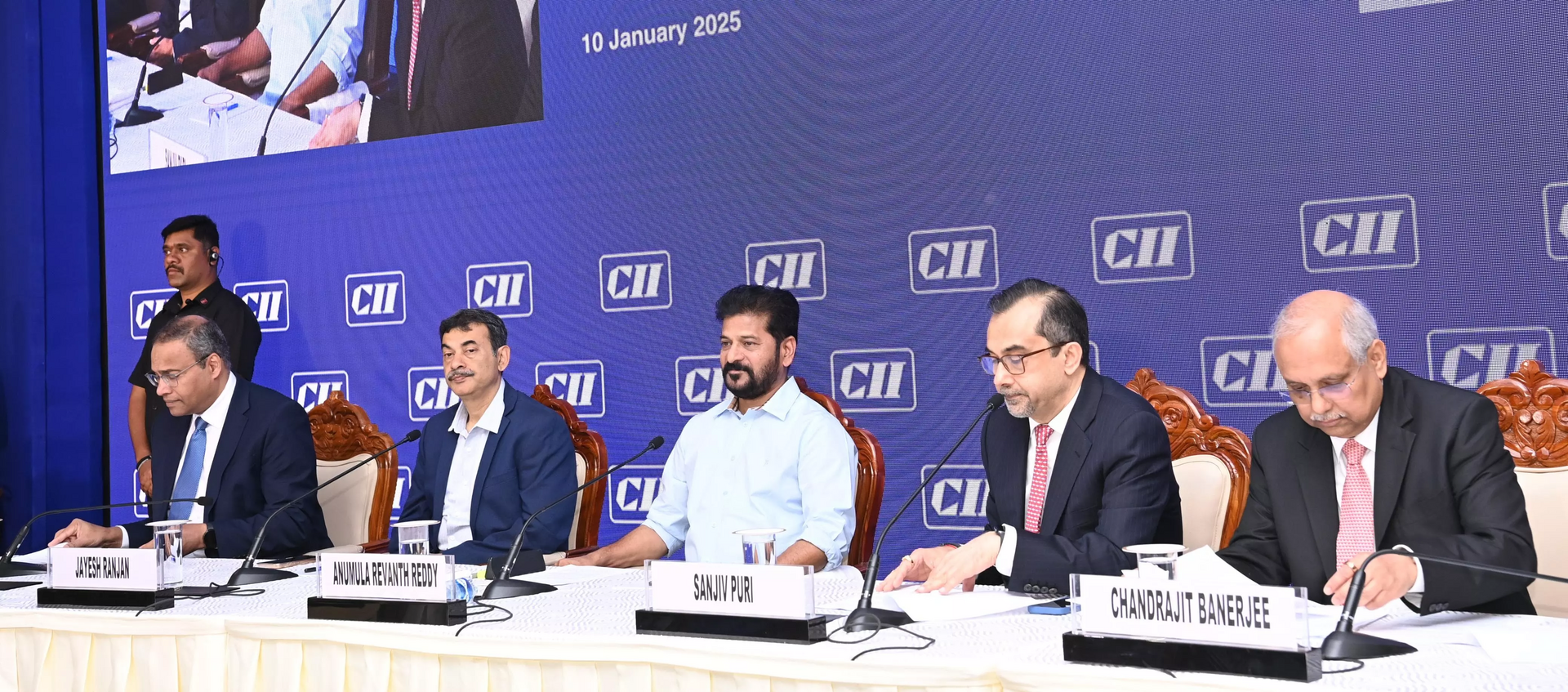The development of a rail network along the Regional Ring Road (RRR) has emerged as a significant proposal to enhance connectivity, boost economic activity, and support sustainable urbanization. Spearheaded by policymakers and public representatives, including Revanth Reddy, the vision focuses on leveraging the strategic importance of the RRR to establish a state-of-the-art rail network.
Strategic Importance of the RRR Corridor
The Regional Ring Road is a planned infrastructure project encircling Hyderabad, aimed at decongesting the existing roadways and facilitating balanced development across the region. By encompassing both urban and rural zones, the RRR promises to act as a catalyst for growth in the surrounding areas.
A rail network integrated along the RRR would:
- Enhance Mobility: Enable seamless movement of passengers and goods across key nodes.
- Support Decentralization: Alleviate congestion in Hyderabad by fostering development in peripheral regions.
- Promote Sustainable Transport: Provide an eco-friendly alternative to road transport, reducing vehicular emissions.
Proposed Features of the Rail Network
The rail network along the RRR is envisioned to include several features:
- Connectivity to Key Hubs: The rail line would link industrial zones, IT corridors, educational institutions, and logistics hubs along the RRR, ensuring accessibility and boosting local economies.
- Multi-Modal Integration: Strategically planned stations would connect with existing bus terminals and metro services, creating an integrated transport ecosystem.
- High-Speed and Suburban Services: The network would include high-speed trains for inter-city travel and suburban rail services for daily commuters.
- Freight Corridors: Dedicated freight lines would facilitate the efficient transport of goods, reducing dependency on road freight.
Economic and Social Benefits
Implementing a rail network along the RRR would yield several benefits:
- Job Creation: Construction, operations, and allied industries would generate employment opportunities.
- Regional Development: The rail network would stimulate growth in less developed areas by improving accessibility.
- Reduced Traffic Congestion: By diverting traffic from roads to rail, urban centers would experience reduced congestion.
- Environmental Sustainability: A shift to rail transport would significantly lower greenhouse gas emissions.
Challenges and Roadmap
While the vision is ambitious, there are challenges to address, including land acquisition, funding, and technical feasibility. A phased approach with public-private partnerships (PPPs) and collaboration with central and state governments is essential to bring this vision to fruition.
Conclusion
The proposed rail network along the Regional Ring Road is a transformative project that aligns with the broader goals of urban sustainability and economic prosperity. Leaders like Revanth Reddy emphasize its potential to redefine regional connectivity and bring balanced growth across Telangana. With meticulous planning and stakeholder collaboration, the rail network can become a reality, serving as a model for integrated infrastructure development in India.

